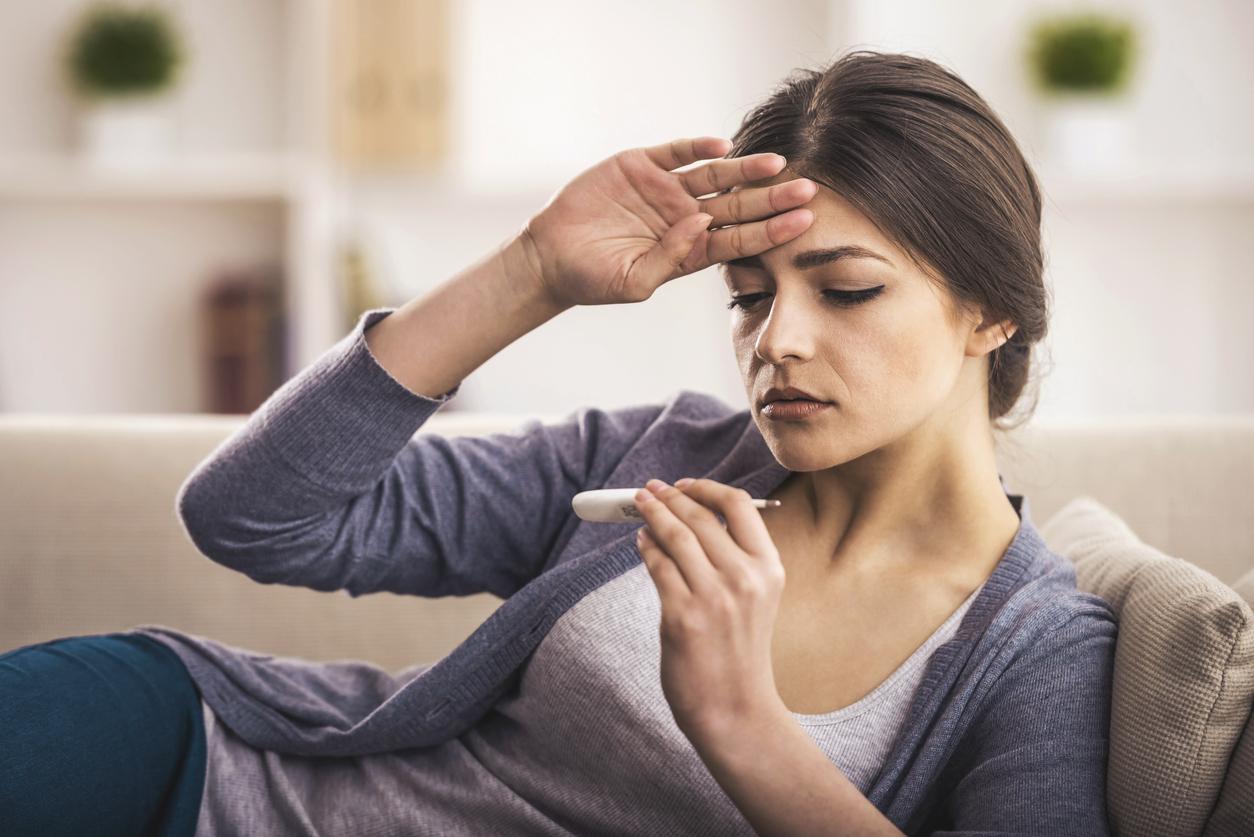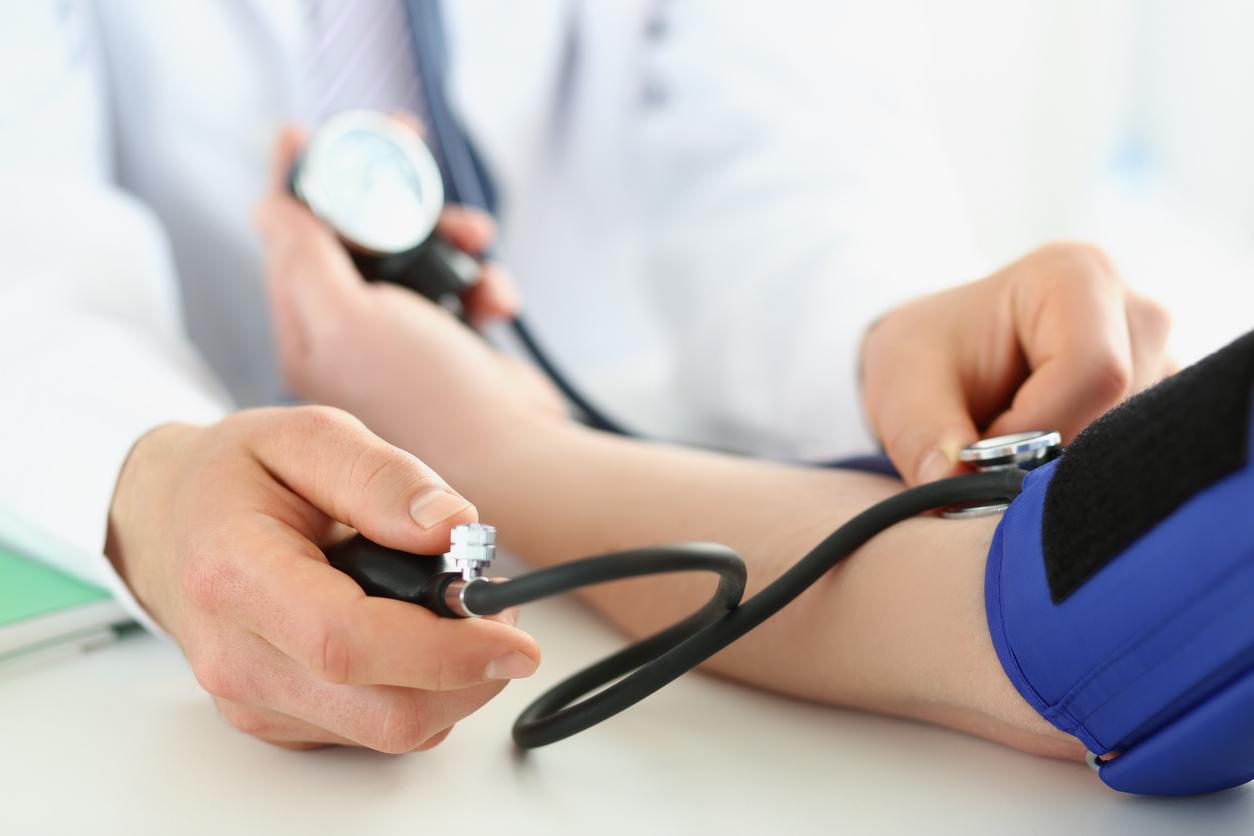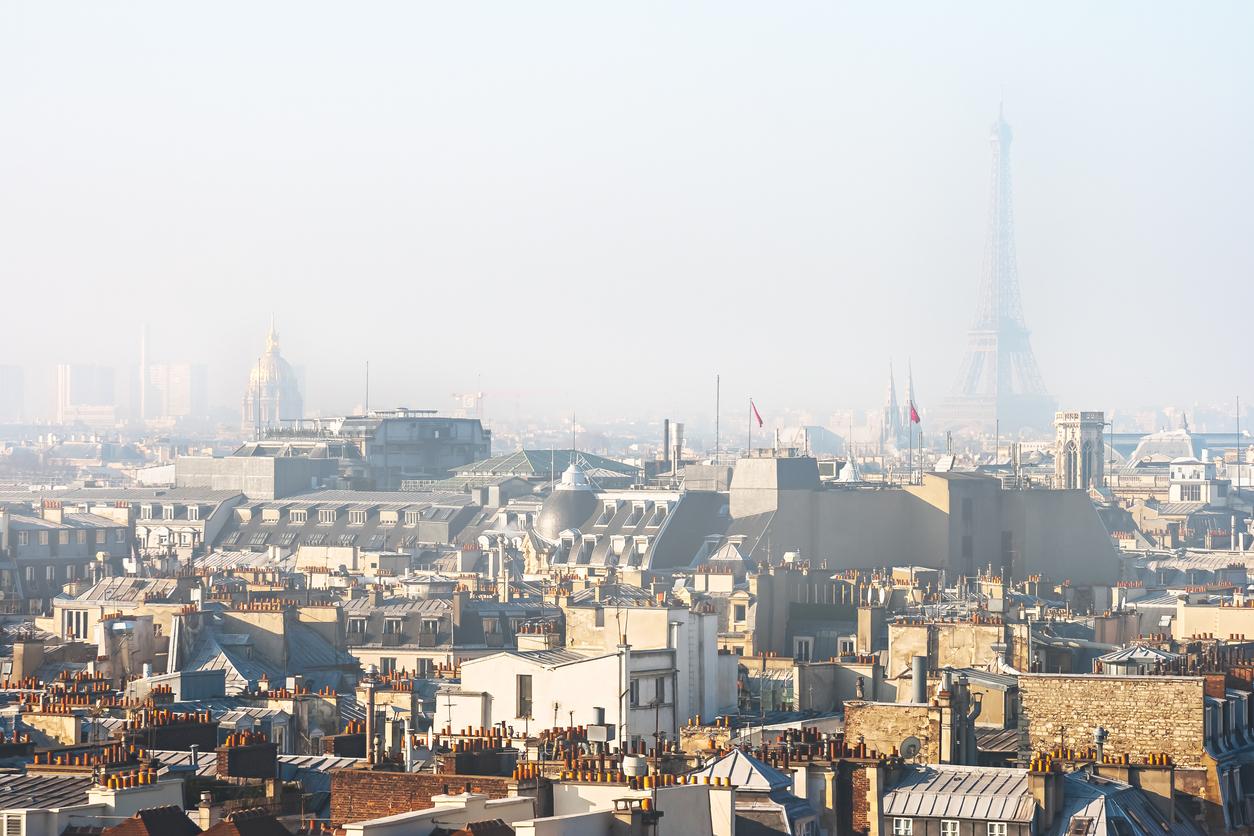A recent study tested a new idea: filming yourself with your smartphone to measure your blood pressure more easily.

The smartphone could replace your old family blood pressure monitor. According to the work of researchers from the University of Hangzhou in China and the University of Toronto in Canada, published in Circulation: Cardiovascular Imagingfilming your face with a smartphone could become a faster and more convenient method of monitoring your blood pressure.
This method, called ‘optical transdermal imaging’, measures a person’s blood pressure through a short video of their face. The measurements are based on the capabilities of the optical sensors of the phones to follow the movements of blood circulation under the skin.
“High blood pressure is a major factor in cardiovascular disease, which can itself lead to death or disability,” explains Professor Kang Lee, lead author of the study. In order to avoid this, regular blood pressure monitoring is essential.”
A more practical method than the classic tensiometer
“Although they are very accurate, cuff-style blood pressure monitors are awkward and uncomfortable,” adds Lee. People tend not to follow American Heart Association recommendations or manufacturers’ advice that suggests taking multiple measurements with each use.”
This new method has been tested on 1,328 participants in Canada and China. Each participant sat in front of a programmed smartphone to film their face for 2 minutes.
At the same time, the researchers were using more conventional methods of measuring blood pressure to compare smartphone measurements to conventional measurements.
Result: optical imaging technology via selfie videos was able to measure blood pressure with an accuracy of 95% compared to 96% for traditional measuring devices.
More improvements before launching
This technology should be further improved before reaching the general public. For example, the research team explains that the tests were carried out with fixed light and temperature, which could mean that the level of accuracy would be lower under different conditions (at home or abroad).
Additionally, Lee clarifies that none of the test participants had very dark or very light skin tones. He also notes that they all had blood pressure levels considered normal, which leaves doubts about the effectiveness of the method on people with high blood pressure.
The team also wants to improve its technology so that a 30-second video is enough (rather than two minutes) to make the experience more convenient.


















